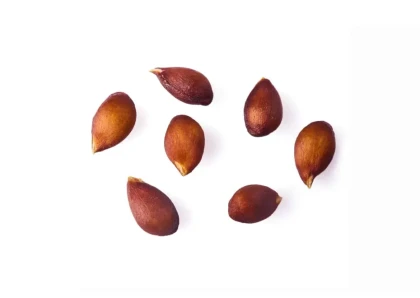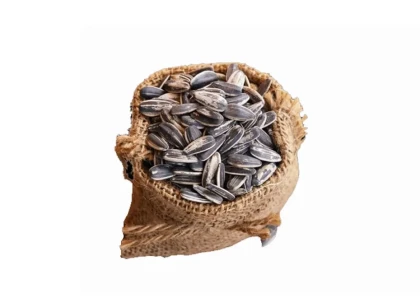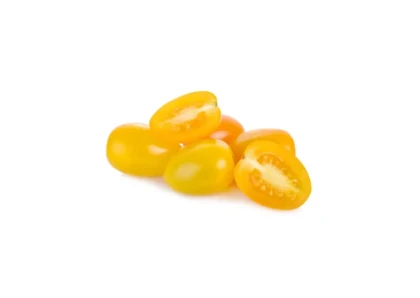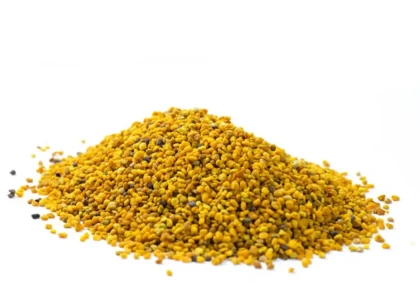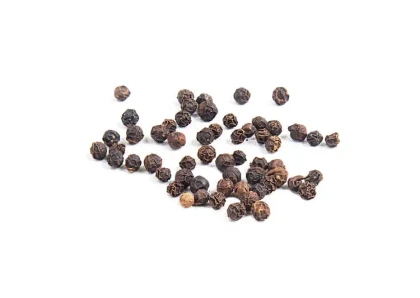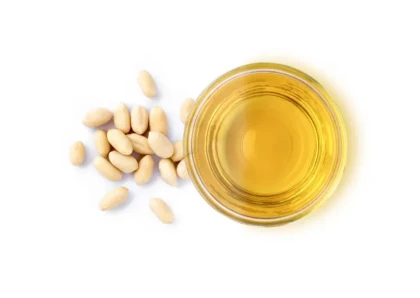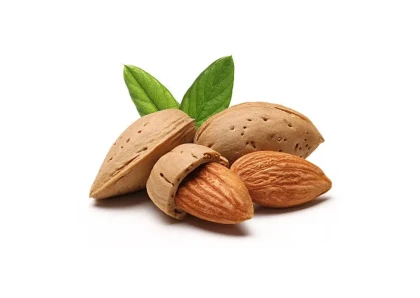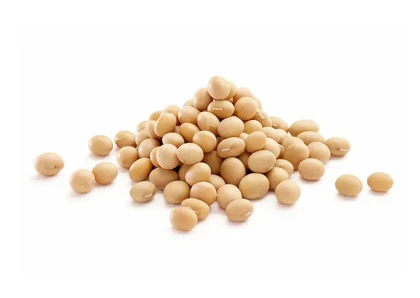
Maple Railroad Cross Ties
Overview
A maple railroad cross tie is a vital component that supports railroad tracks. Made from durable maple wood, these cross ties provide stability and strength to ensure safe train transportation. With standardized dimensions of approximately 8 feet in length, 6 inches in width, and 6 inches in thickness, they meet structural requirements and facilitate easy installation.
Maple railroad cross ties are treated with wood preservatives like creosote or pentachlorophenol to enhance their longevity and protect against decay, insects, and moisture. The dense composition and tight grain structure of maple wood allow these ties to withstand the weight and pressure exerted by passing trains. With their resistance to rot and decay, maple railroad cross ties offer a prolonged lifespan and contribute to the stability and safety of railway tracks.
Maple railroad cross ties made from durable maple wood provide crucial support for railroad tracks. Treated to enhance durability and resistance to decay, these ties ensure long-lasting performance in railway operations. With their strength and resistance to environmental factors, maple railroad cross ties play a vital role in maintaining stable and secure train transportation systems.
What are the different types of maple railroad cross ties?
There are two main types of maple railroad cross ties: treated and untreated. Treated cross ties have been chemically treated to protect them from rot and decay. Untreated cross ties have not been treated with chemicals.
What are the different types of trees that are used for railroad cross ties?
- Oak: Oak is a strong and durable wood that is resistant to rot and decay. It is the most common type of wood used for railroad cross ties.
- Hickory: Hickory is another strong and durable wood that is resistant to rot and decay. It is often used for cross ties in areas with heavy traffic.
- Douglas fir: Douglas fir is a softwood that is strong and durable. It is often used for cross ties in areas with wet climates.
- Maple: Maple is a strong and durable hardwood that is resistant to rot and decay. It is often used for cross ties in areas with cold climates.
- Yellow poplar: Yellow poplar is a softwood that is strong and easy to work with. It is often used for cross ties in areas with low traffic.
- Lodgepole pine: Lodgepole pine is a softwood that is strong and resistant to rot and decay. It is often used for cross ties in areas with high altitudes.
Different types of wood products can be made from maple railroad cross ties?
In addition to being used as railroad cross ties, maple railroad cross ties can also be used to make a variety of other wood products, including:
- Retaining walls
- Fences
- Garden beds
- Outdoor furniture
- Firewood
Ideal size and What are the applications of maple railroad cross ties?
The ideal size for a maple railroad cross tie is 8 feet long, 6 inches wide, and 6 inches thick. Maple railroad cross ties are typically used to support railroad tracks. They are also sometimes used in landscaping applications, such as retaining walls and garden beds.
Benefits of maple railroad cross ties
- Maple is a strong and durable wood that is resistant to rot and decay.
- Maple railroad cross ties are typically less expensive than other types of cross ties, such as oak or hickory
- Maple railroad cross ties can last for many years with proper care.
Cons of maple railroad cross ties
- Maple railroad cross ties can be heavy and difficult to handle.
- Maple railroad cross ties can be susceptible to damage from insects and pests.
Treated options for maple railroad cross ties
Maple railroad cross ties can be treated with creosote or pentachlorophenol to protect them from rot and decay. Creosote is a dark, oily substance that is known for its ability to resist water and insects. Pentachlorophenol is a colorless, oily liquid that is also known for its ability to resist water and insects.
Additional tips for maple railroad cross ties
- When installing maple railroad cross ties, it is important to make sure that they are level and that they are spaced properly.
- Maple railroad cross ties should be inspected regularly for signs of damage.
- If maple railroad cross ties are damaged, they should be replaced immediately.
Where can I buy maple railroad cross ties?
Discover high-quality maple railroad cross ties at Forestry. Trust us to provide top-notch options that meet your maple railroad cross ties needs. With our commitment to quality and customer satisfaction, find the perfect maple railroad cross ties for your project. Contact us now to explore our extensive selection.
- We offer wholesale and bulk buying options for maple railroad cross ties
- Wide variety of maple railroad cross ties
- Variety of grades and treatment options
- Knowledgeable team
- On-time completion
- Satisfaction guarantee
Conclusion
Maple railroad cross ties are a durable and versatile wood product that can be used in a variety of applications. They are a good choice for supporting railroad tracks, and they can also be used in landscaping applications. Maple railroad cross ties are typically less expensive than other types of cross ties, and they can last for many years with proper care.
FAQs
- What is the lifespan of a maple railroad cross tie?
- What are the environmental impacts of maple railroad cross ties?
- Are there any alternatives to maple railroad cross ties?
A maple railroad cross tie can last for up to 50 years or more with proper care.
The chemicals used to treat maple railroad cross ties can have negative environmental impacts. Creosote and pentachlorophenol are both known carcinogens, and they can also pollute the environment.
Yes, there are a number of alternatives to maple railroad cross ties. Some of the most common alternatives include oak, hickory, and Douglas fir.
No listings available
Related Products
Questions & Answers
What do you want to know about this product?
Reviews (5)
TimberTom92
Strong and Reliable for Sturdy Tracks
These Maple Railroad Cross Ties are incredibly strong and reliable. They provide a solid foundation for tracks, withstanding heavy loads and harsh conditions. Highly recommended for durable railway infrastructure.
TrackMaster77
Long-lasting Performance, Minimal Maintenance
Maple Railroad Cross Ties have proven to be long-lasting and low-maintenance. Their resistance to rot and decay ensures durability, reducing the need for frequent replacements. A wise choice for cost-effective railway projects.
RailwayExpert99
Dimensionally Stable
The dimensional stability of Maple Railroad Cross Ties is impressive. They resist warping and twisting, ensuring smooth train rides and maintaining track alignment. A reliable option for a secure and efficient railway system.
EcoRailEnthusiast
Sustainable Solution
Choosing Maple Railroad Cross Ties is a reliable investment. Their longevity and natural resistance to decay contribute to sustainability, minimizing environmental impact. A durable and eco-friendly solution for railway infrastructure.
MightyGrip86
Strength with Ease of Handling
Maple Railroad Cross Ties strike a perfect balance of strength and manageability. They are strong enough to bear heavy loads, yet easy to handle during installation. A great choice for efficient and labor-saving railway projects.




